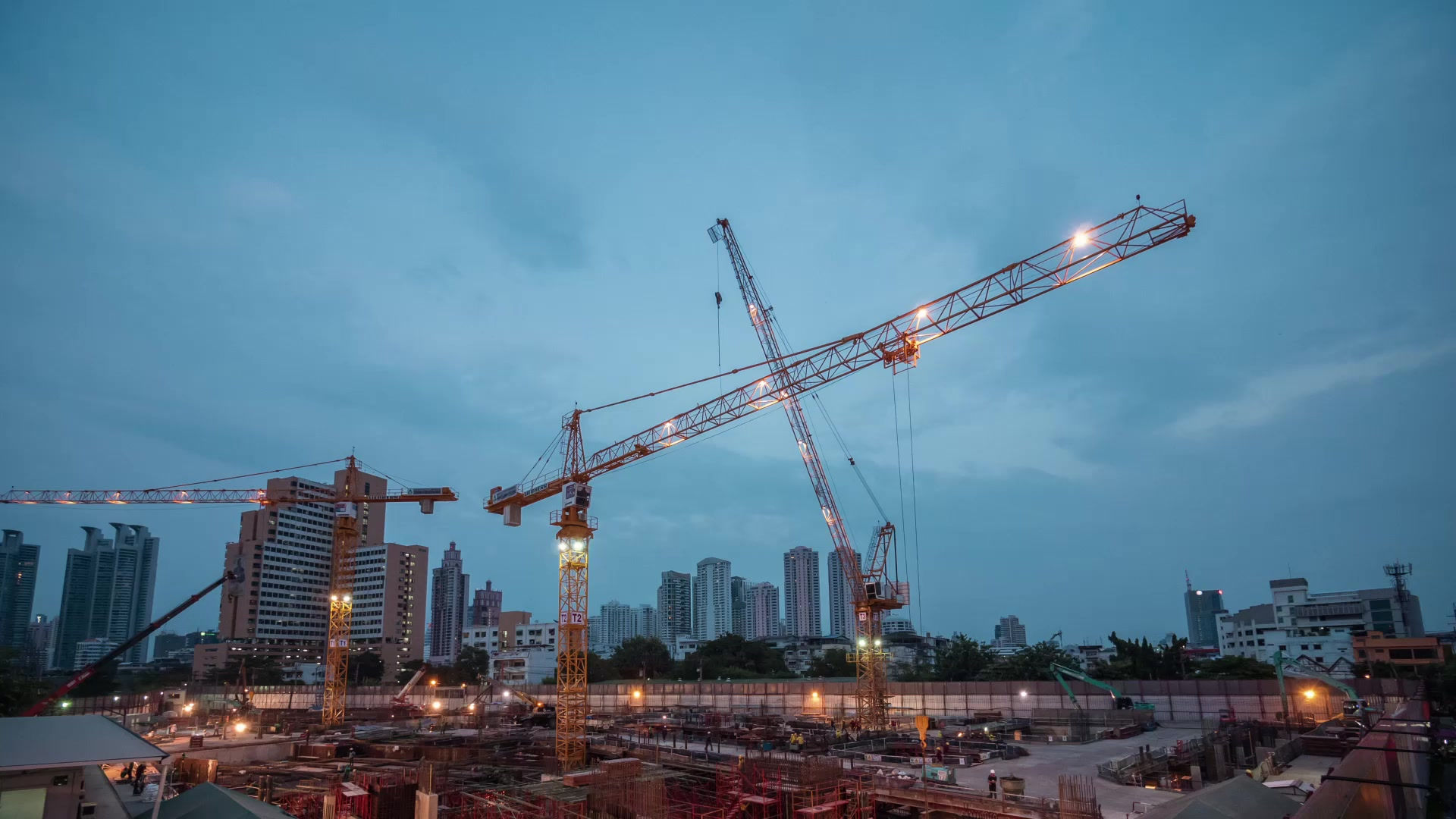The Role of Reinforcing Steel in Concrete Construction
- Joitech

- Oct 23
- 4 min read

Building Strength That Lasts
Concrete alone is strong in compression but weak in tension. That’s where reinforcing steel in concrete comes into play. Steel reinforcement—often referred to as rebar—transforms plain concrete into a composite material capable of withstanding immense pressure and tension.
In modern construction, the combination of steel reinforcement in construction and concrete is not just a choice—it’s a necessity. From bridges to skyscrapers, this partnership ensures safety, stability, and longevity. Let’s explore how reinforcing steel plays a vital role in the durability and performance of concrete structures.
Understanding Reinforcing Steel in Concrete
Reinforcing steel, or rebar, is embedded in concrete to improve its tensile strength. While concrete resists compression effectively, it tends to crack under tensile forces. Steel, on the other hand, handles tension with ease.
This synergy creates what engineers call reinforced concrete, a material with enhanced resistance to both tension and compression. Rebar also helps prevent crack propagation and provides ductility, meaning structures can deform slightly without collapsing—a key factor in earthquake-resistant design.
The Importance of Rebar in Concrete Structures
The importance of rebar in concrete structures cannot be overstated. Rebar distributes loads more evenly, improving the structural integrity of buildings and infrastructure. Here are key benefits:
Increased tensile strength: Rebar compensates for concrete’s weakness in tension.
Crack control: It minimizes shrinkage cracks and improves crack resistance.
Structural longevity: Reinforced structures have longer service lives.
Safety and flexibility: Rebar allows controlled deformation during heavy loads or seismic activity.
Without proper reinforcement, even the most advanced concrete mix would fail under stress. That’s why every major structure—from roads to residential foundations—relies on properly placed reinforcing steel.
Common Types of Reinforcing Steel
Not all steel reinforcement is created equal. Different types serve unique purposes depending on environmental conditions and structural requirements.
a. Mild Steel Bars
These are smooth, round bars used in smaller projects or where less stress is expected.
b. Deformed Steel Bars
These bars have surface ribs that improve the bond between concrete and steel, making them ideal for large-scale construction.
c. Epoxy-Coated and Galvanized Bars
Used in areas prone to corrosion—such as coastal or humid environments—these bars provide additional protection.
d. Stainless Steel and FRP Rebars
Stainless steel offers superior corrosion resistance, while Fiber-Reinforced Polymer (FRP) rebars are lightweight and non-corrosive alternatives used in modern engineering.
Each type contributes differently to the benefits of using steel in concrete, depending on the structure’s design needs and exposure conditions.
Concrete Reinforcement Techniques You Should Know
Effective concrete reinforcement techniques determine how well a structure performs. Proper placement, spacing, and alignment of rebar ensure even stress distribution and durability.
Some common techniques include:
Mesh reinforcement: Steel mesh sheets used in slabs and pavements.
Rebar cages: Prefabricated steel grids used for columns and beams.
Post-tensioning: Cables or tendons are tensioned after concrete sets to improve load-bearing capacity.
Fiber reinforcement: Steel or synthetic fibers added to concrete for extra tensile strength.
Using these techniques correctly enhances concrete’s resistance to cracking, bending, and fatigue.
Benefits of Using Steel in Concrete
The benefits of using steel in concrete go far beyond just strength. This combination offers multiple long-term advantages that make it the backbone of modern infrastructure:
Durability: Reinforced concrete withstands harsh environmental conditions.
Cost-efficiency: While initial costs may be higher, reduced maintenance and repair save money in the long run.
Design flexibility: Allows for more complex architectural forms.
Fire resistance: Concrete provides natural protection to the steel reinforcement.
Sustainability: Steel is recyclable, reducing construction waste and promoting sustainable practices.
When properly maintained, reinforced concrete structures can last for decades, making them a sustainable and economically sound choice.
Challenges and Best Practices in Steel Reinforcement
Even though rebar enhances concrete’s performance, incorrect application can lead to serious structural issues. Common challenges include corrosion, poor placement, and inadequate concrete cover.
Best Practices:
Ensure proper rebar spacing and coverage.
Use corrosion-resistant steel in coastal or humid environments.
Follow structural design codes and standards.
Regularly inspect and maintain reinforced structures.
By applying these best practices, engineers and builders ensure maximum efficiency and safety in steel reinforcement in construction projects.
Future of Reinforcing Steel in Construction
With rapid technological advancements, reinforcing steel is evolving. Innovations like smart rebar sensors, 3D-printed steel grids, and fiber-reinforced composites are revolutionizing how we build.
These advancements aim to reduce corrosion, enhance sustainability, and improve monitoring of structural health—paving the way for smarter, longer-lasting construction solutions.
Frequently Asked Questions (FAQs)
1. Why do we use reinforcing steel in concrete?
Because concrete is weak in tension, reinforcing steel provides the tensile strength needed to prevent cracking and structural failure.
2. Can concrete be used without rebar?
Yes, but only for small, low-load structures. For major construction, rebar is essential for safety and durability.
3. How long does reinforced concrete last?
When properly designed and maintained, it can last 50–100 years or more.
4. What is the best type of rebar for coastal areas?
Epoxy-coated or stainless steel rebars are ideal due to their corrosion resistance.
Conclusion: Reinforcing the Future
The role of reinforcing steel in concrete construction is indispensable. It bridges the gap between strength and flexibility, transforming concrete from a brittle material into a powerhouse of resilience. From bridges and highways to skyscrapers and homes, the future of sustainable, safe, and long-lasting construction depends on how we continue to refine and innovate in steel reinforcement techniques.





Comments